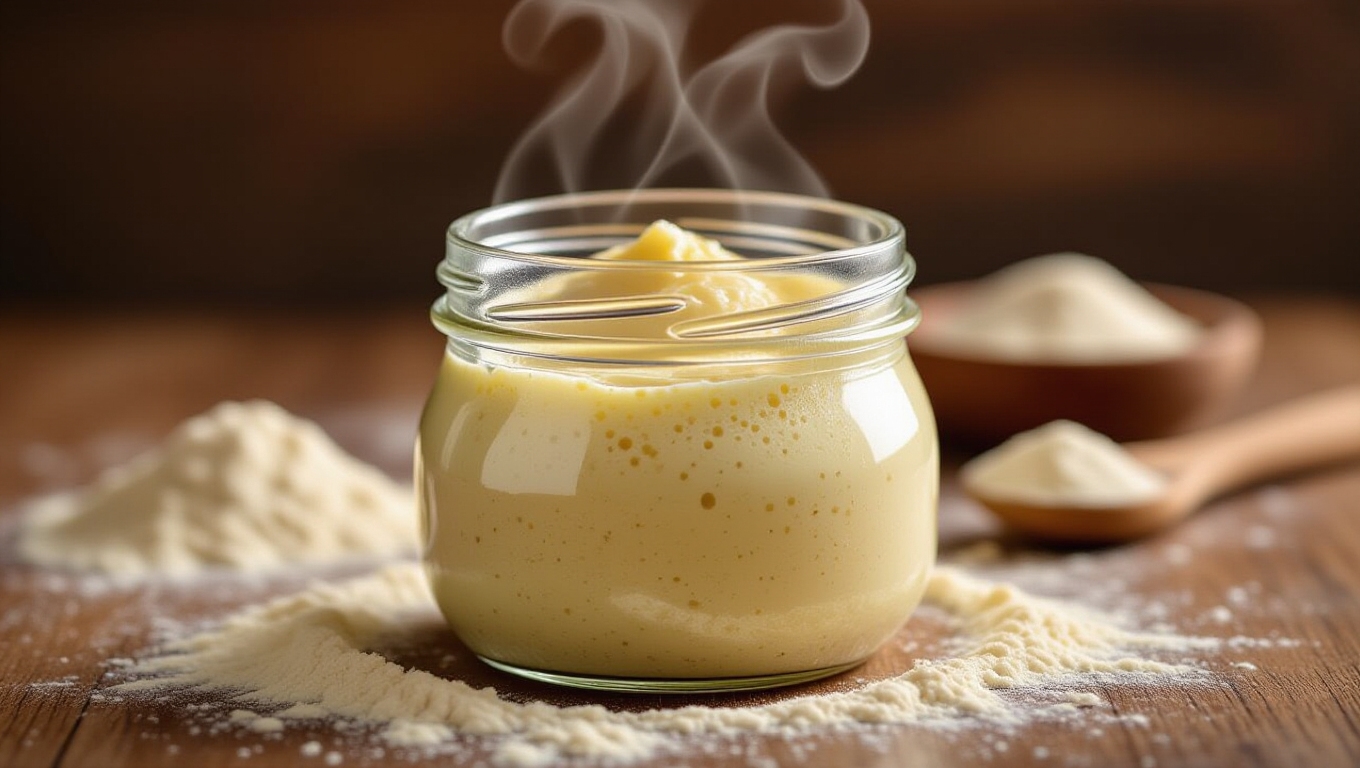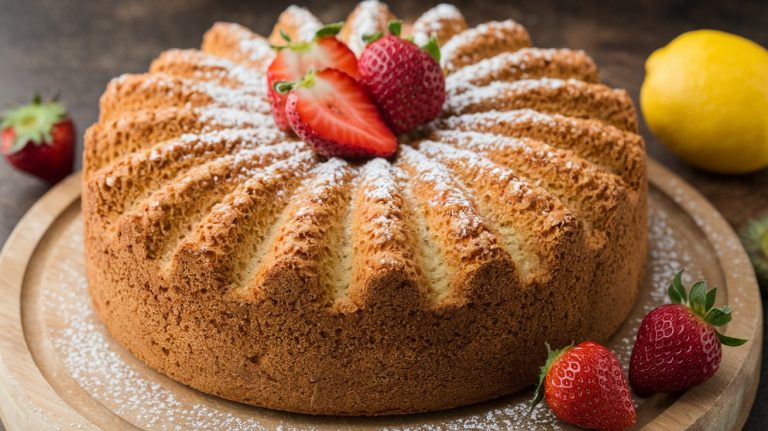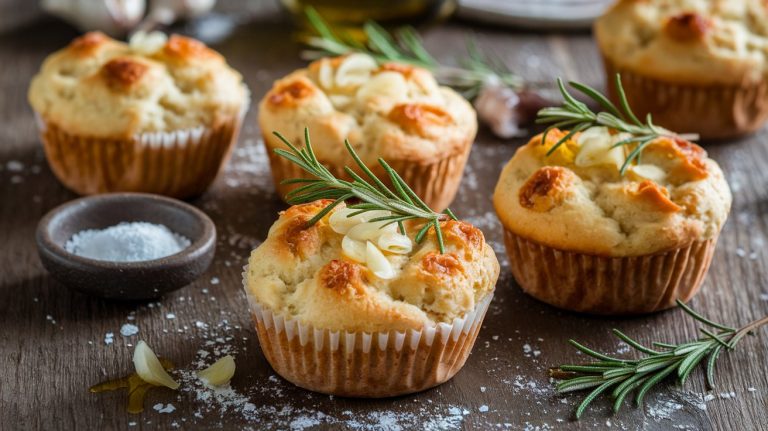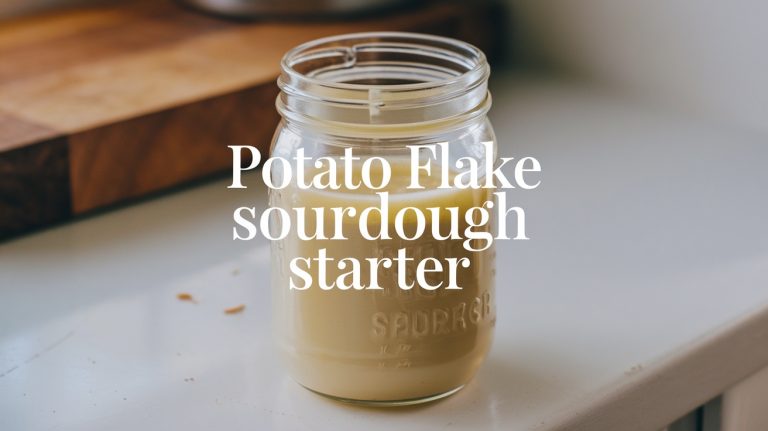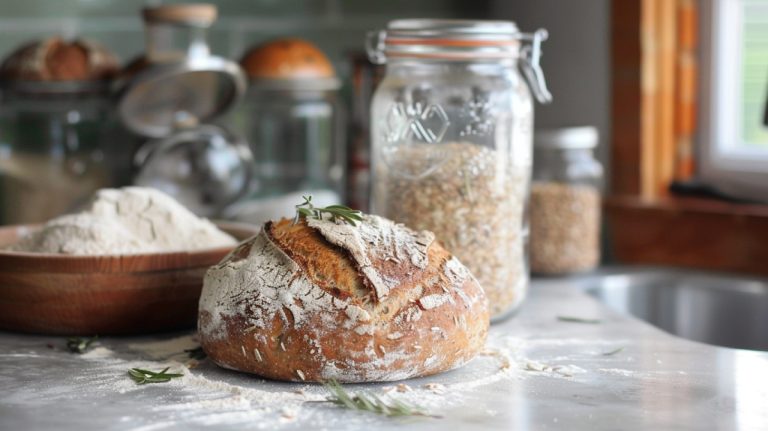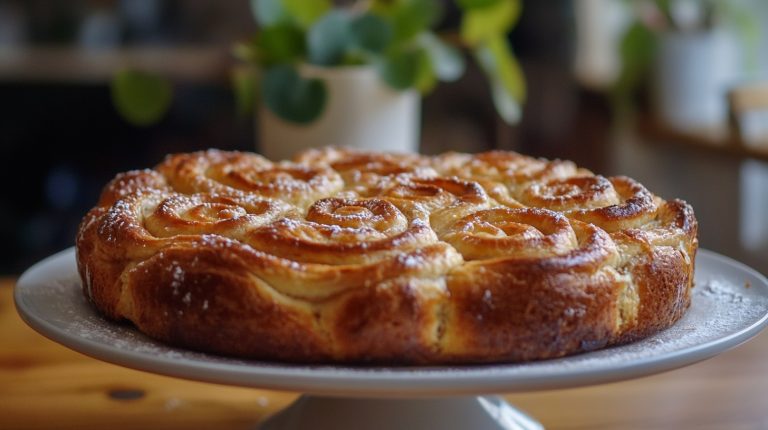Sourdough Starter Smells Like Alcohol: Master the Fundamentals
If your sourdough starter smells like alcohol, it means the yeast is fermenting sugars into ethanol, especially when feedings are infrequent and nutrients run low. This alcoholic odor signals that fermentation has peaked and the balance between yeast and bacteria is disrupted, often producing hooch or acetic smells too.
Factors like temperature, flour type, and feeding frequency influence this. By adjusting these variables, you can better control the aroma and overall health of your starter—explore how these interactions impact your starter’s profile.
Key Takeaways
- Alcohol smell in sourdough starter signals active yeast fermentation and often appears after peak rising activity.
- Infrequent feedings cause yeast to consume all sugars, producing excess ethanol and a strong alcohol odor.
- Presence of a hooch layer indicates starvation and high alcohol concentration in the starter.
- Warmer temperatures and whole grain flours increase yeast activity, amplifying alcohol production and aroma.
- Increasing feeding frequency and stirring or discarding hooch helps reduce alcohol smell and restore balance.
Why Does My Sourdough Starter Smell Like Alcohol?
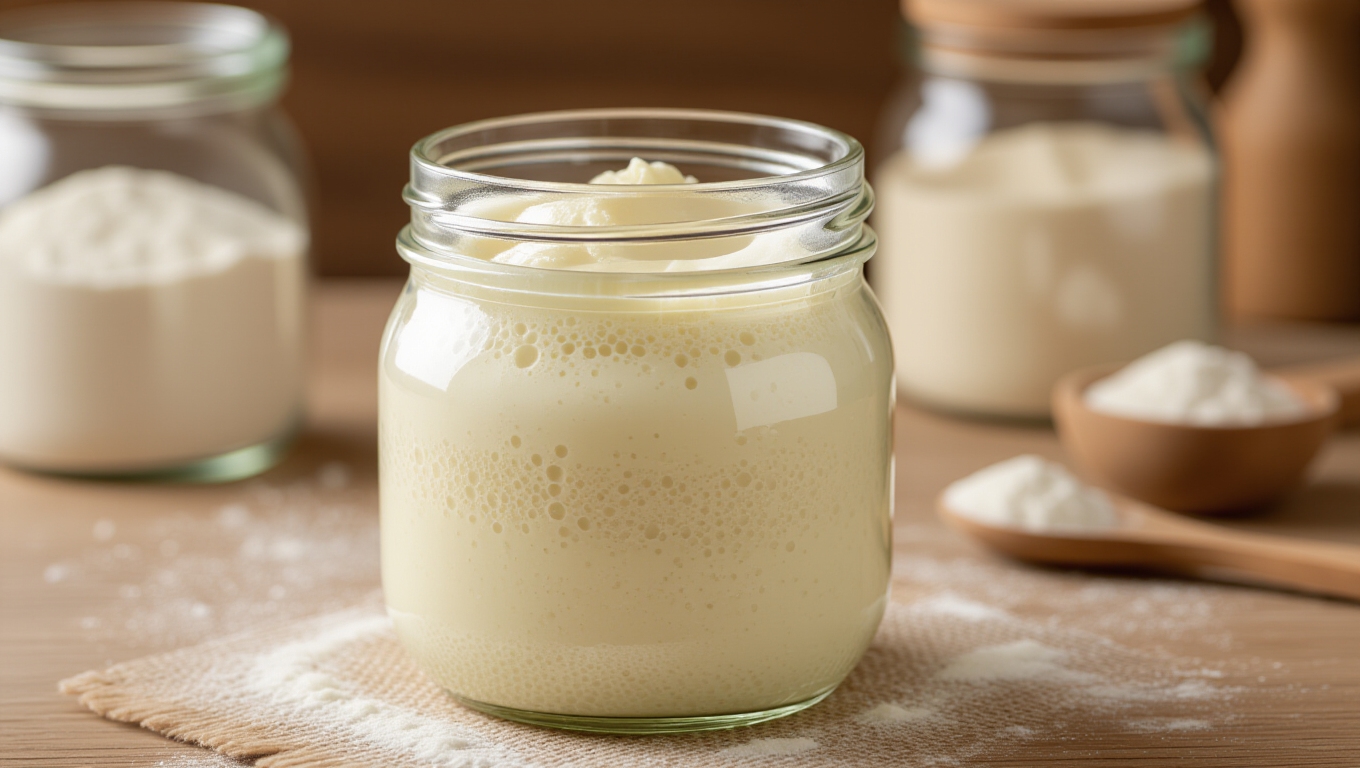
Although an alcohol smell from your sourdough starter can be off-putting, it primarily indicates active yeast fermentation where sugars break down into ethyl alcohol and carbon dioxide. Yeast metabolizes the available sugars in the flour, producing ethyl alcohol as a natural byproduct. Using a baking scale with precise measurements can help maintain the right feeding schedule to prevent excessive alcohol buildup.
This scent often emerges when your starter begins to fall after reaching peak activity, signaling that fermentation is ongoing but sugar levels are declining. Additionally, bacteria within the starter produce acids—especially acetic acid under stress—that interact with yeast metabolism, contributing to a beer-like aroma.
The excess alcohol can form a layer called hooch on the surface of the starter, which is a natural sign that the starter needs feeding to restore balance.
The balance between yeast and bacteria is crucial; disruption can amplify the alcohol scent. Excessive alcohol indicates an imbalance or starvation, as yeast metabolizes remaining substrates without sufficient fresh feed, reducing resilience and altering the starter’s aroma profile.
How Feeding Frequency Influences Alcohol Scent?
When you don’t feed your sourdough starter often enough, the yeast quickly consumes all available sugars and shifts to producing more alcohol as a fermentation byproduct. This shift occurs because, lacking fresh carbohydrates, yeast metabolizes starches into ethanol and carbon dioxide instead of maintaining balanced acid production.
Feeding frequency directly influences this process: once-daily feeding at room temperature is typically sufficient, but warmer conditions accelerate yeast metabolism, requiring twice-daily feedings to prevent alcohol accumulation.
Frequent feeding supplies a steady influx of flour sugars, maintaining yeast activity balance and minimizing hooch formation. Hooch is a natural alcohol layer that forms on the starter’s surface and indicates hunger; discarding it before feeding helps maintain starter health and signals the need for more frequent feedings.
Infrequent or inconsistent feedings cause overfermentation, intensifying the alcohol scent. Adjusting feeding intervals based on temperature and starter activity is vital to controlling ethanol production and preserving starter health, ensuring the aroma remains stable and free from excessive alcoholic odors.
Identifying Different Alcohol-Related Odors in Starters
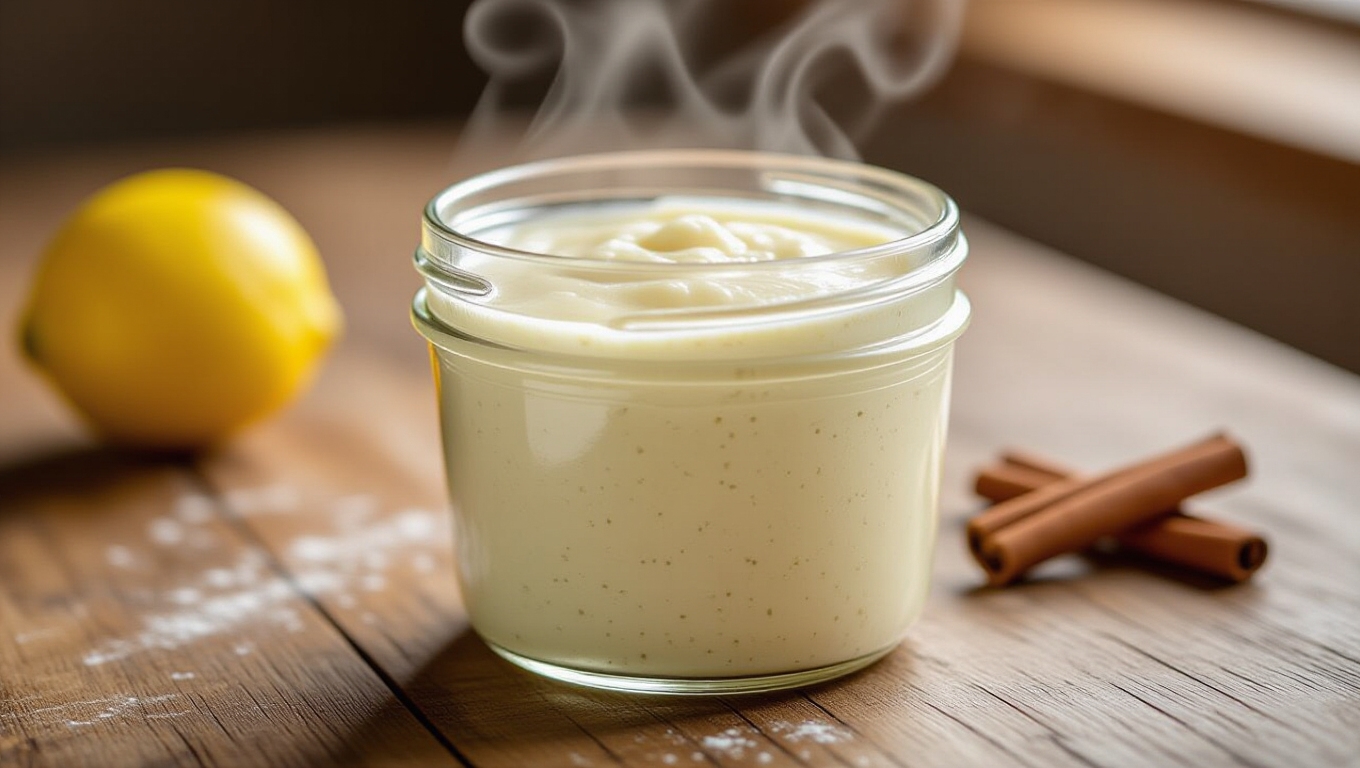
Because sourdough starters produce various alcohol-related odors during fermentation, identifying these scents helps you assess starter health and activity. You’ll notice ethyl alcohol aromas resembling beer or wine, signaling active yeast metabolism post-peak fermentation. These aromas are influenced by the balance of wild yeast and bacteria in the starter, which contributes to its complex flavor profile.
Acetone-like odors indicate microbial imbalance or stress, while a hooch layer produces a pungent alcoholic scent often mixed with sour vinegar notes. Recognizing these distinct odors sharpens your diagnostic ability.
- Ethyl alcohol: malty, fruity, wine-like, mild intensity
- Acetone: sharp, solvent-like, signaling microbial stress
- Hooch: strong, alcoholic, sour or vinegary depending on acids
- Combined aromas: floury and beer-like complexity in healthy starters
- Absence of strong alcohol smell: typical in freshly fed, early-stage starters
Use these sensory cues to monitor fermentation status precisely. Persistent undesirable smells may indicate issues that need addressing to maintain starter health.
Environmental and Ingredient Factors Affecting Alcohol Production
Understanding the distinct alcohol-related odors in your sourdough starter sets the stage for examining how environmental conditions and ingredient choices influence alcohol production. When yeast activity dominates—often accelerated by higher temperatures or infrequent feedings—ethanol levels rise, producing stronger alcohol odors.
This is due to wild yeasts and bacteria forming a symbiotic relationship where yeast enzymes break down starch into sugars (maltose), and bacteria process maltose, producing carbon dioxide and ethanol. Conversely, lactic acid bacteria regulate this by consuming sugars like maltose and maintaining acidity, balancing ethanol generation. The fermentation process also improves digestibility, which can affect the balance of byproducts including alcohol.
Higher temperatures and infrequent feedings boost yeast activity, increasing ethanol and alcohol odors in sourdough starters.
Flour type also matters; whole grain or rye flours provide more fermentable sugars, potentially increasing alcohol output, while refined flours yield less. Hydration influences microbial metabolism, with higher water content favoring yeast growth and ethanol synthesis.
Additionally, container sterility and environmental microbes can alter fermentation dynamics, impacting alcohol production. Ultimately, the interplay of temperature, ingredients, microbial balance, and feeding protocols determines the degree of alcohol presence in your starter. Using a mature starter nurtured over time can help stabilize these variables and reduce unwanted odors.
Tips to Manage and Reduce Alcohol Smell in Your Starter

Although alcohol odor in your sourdough starter signals microbial imbalance, you can effectively manage and reduce it through targeted adjustments. The key lies in optimizing feeding routines, flour choice, fermentation conditions, and starter handling to stabilize microbial activity and limit alcohol accumulation.
Consider these strategies:
- Increase feeding frequency to prevent nutrient depletion and alcohol buildup. This helps avoid the development of acetic acid buildup which causes the strong alcohol or vinegar smell.
- Switch to all-purpose flour to slow fermentation and reduce odor intensity. Using different flours can also influence the microbial diversity in your starter, which impacts flavor and aroma.
- Use starter promptly at peak fermentation to minimize excess alcohol formation.
- Remove or stir hooch before feeding to control alcohol concentration.
- Introduce mild acidifiers like lemon juice during startup to stabilize pH and microbial balance.
Frequently Asked Questions
Can Alcohol Smell in Starter Affect the Flavor of Baked Bread?
Yes, the alcohol smell in your starter can influence your bread’s flavor. Minor alcohol presence usually adds subtle fruity or beer-like notes that vanish during baking.
However, if alcohol accumulates due to irregular feeding or starvation, it can cause excessive acid production, leading to sour or off-flavors.
To maintain balanced flavor, you need to feed your starter consistently and manage fermentation conditions, preventing excessive alcohol and acid buildup that negatively affect taste.
Is It Safe to Consume Bread Made From a Starter Smelling Like Alcohol?
Imagine warm bread fresh from the oven, its crust crisp and inviting. You can rest assured: bread made from a starter that smells like alcohol is safe to eat.
The aroma signals normal yeast fermentation producing ethanol, which evaporates during baking. Just guarantee your starter shows no mold or foul odors.
Keep feeding it regularly and maintain proper temperature to avoid excessive alcohol buildup and preserve your starter’s health.
How Long Does It Take for Alcohol Smell to Disappear After Feeding?
After feeding your starter, the alcohol smell typically fades within 12 to 24 hours as yeast metabolizes fresh sugars and reduces ethanol byproducts. This timeframe depends on temperature, hydration, and flour type; warmer environments accelerate fermentation, shortening odor persistence.
Consistent feedings maintain nutrient availability, preventing excessive alcohol buildup. Stirring or discarding hooch can hasten scent reduction.
Mature starters recover faster, so expect variable durations based on starter health and feeding regularity.
Does Using Different Flour Types Change the Alcohol Odor in Starters?
Think of your sourdough starter as a microbial ecosystem where flour type is the soil. Using whole grain flours like rye or whole wheat enriches this ecosystem, promoting balanced yeast and bacterial activity, which tames excessive alcohol odors.
In contrast, refined white flours often lack nutrients, causing yeast to produce more alcohol and sharp smells.
Adjusting your flour choice directly influences fermentation dynamics, enabling you to control alcohol odor intensity effectively.
Can Alcohol Smell Indicate Contamination or Starter Spoilage?
An alcohol smell alone doesn’t necessarily indicate contamination or spoilage in your sourdough starter. It’s primarily a byproduct of yeast fermentation and signals an imbalance, often due to underfeeding.
However, if you notice mold, pink or orange discolorations, foul odors, or slimy textures alongside the smell, these are clear signs of spoilage or contamination. In that case, you should discard the starter to avoid health risks.
The Nose Knows: Achieve the Perfect Starter Aroma
If your sourdough starter smells like alcohol, think of it as a delicate ecosystem teetering on imbalance. When you feed it inconsistently or expose it to fluctuating temperatures, yeast overproduces ethanol, releasing that sharp scent.
By adjusting feeding schedules and controlling your starter’s environment, you can quell this chemical chorus. Like tuning an instrument, precise care guarantees your starter’s aroma shifts from overpowering alcohol to the subtle, complex fragrance of healthy fermentation.

